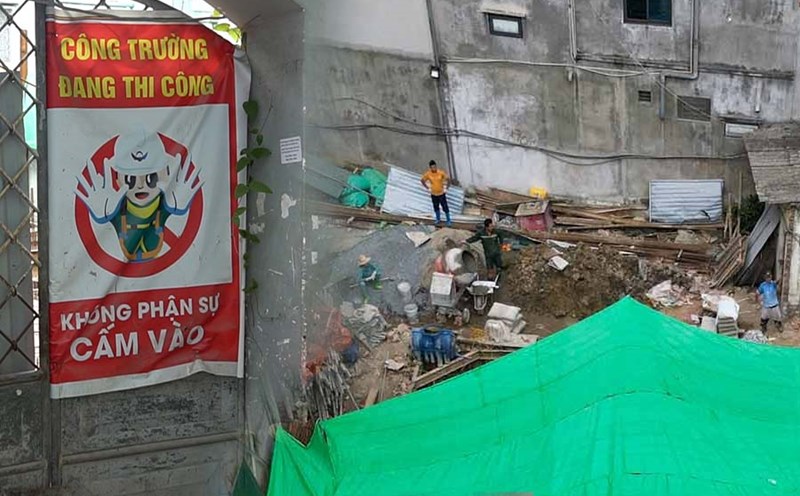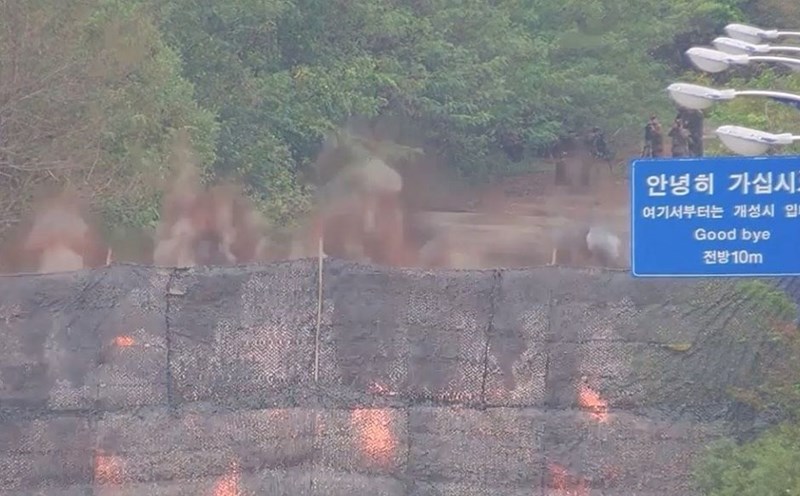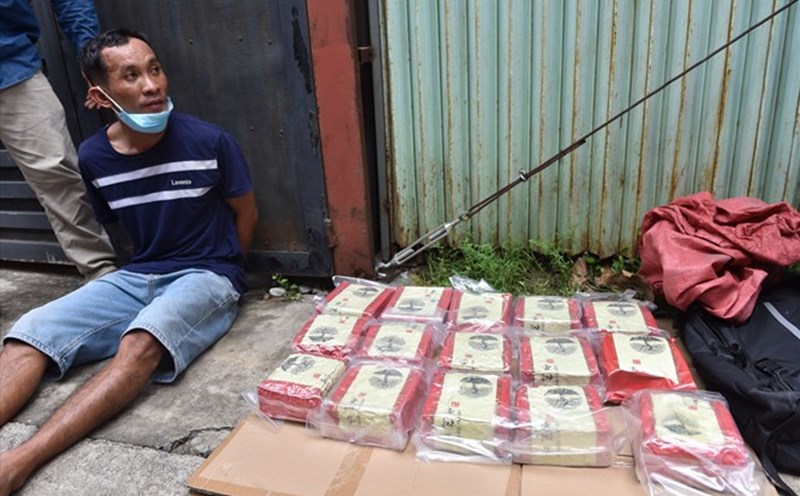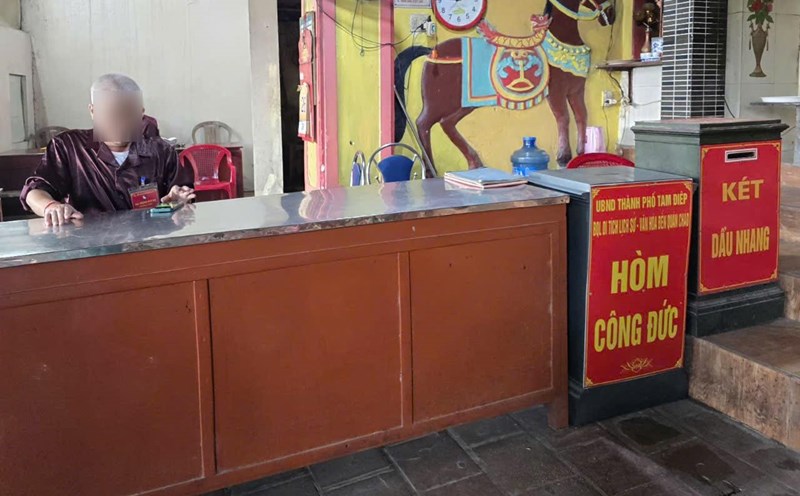Thousand year history
At the 2024 Olympics, the Korean sports delegation once again made a strong mark in archery. They have never lost their position at the Summer Olympics in this sport. The Gold Medals in the women's team and men's team brought Korea's total number of medals in archery at the Olympics to 41, including 25 Gold Medals, 9 Silver Medals, 7 Bronze Medals.
Since Korea had an archery team participating in the Olympics in Los Angeles (USA) in 1984, they have won Gold Medals at every Olympics. Their women's archery team is considered "lonely and defeated" with 9 consecutive Gold Medals. Particularly at the 2016 Rio Olympics, Korean archery made history by winning all the Gold Medals in the individual men's and women's and men's and women's team events.
Korea is known as the “Land of Legends” in archery. The success of Korean archery has surprised many people, but in reality it is not surprising because archery has been associated with this country for thousands of years.
The first recorded mention of archery related to Korea dates back more than 5,000 years ago, with the unique horn bow helping them defend themselves against invasions and attacks. This bow was called the gakgung and helped the Koreans defend their mountain fortresses by maximizing effectiveness and range.
Although the gakgung has a similar structure to other Eurasian combined bows including the Mongolian and Turkish bows, the Korean bow has a unique shape. It may look small when strung, but this bow is famous for its raw power. The Korean bow almost forms a circle with the siyahs (reverse curved ends of the bow) almost touching each other, making it extremely flexible. Thanks to that, the gakgung can last longer, helping archers shoot effectively at long distances. That usefulness made it a main weapon in the Korean army, especially during the Joseon era.
Beginning in the 1900s, Korean archery shifted from a major part of military strategy to a recreational activity. Korean archery became standardized, with a composite bow and bamboo arrows being used. The targets of traditional Korean archery are at distances of 145 meters or more, much farther than today's Olympic distances, which range from only 30 to 90 meters.
Training environment
Modern Korean archery is the product of thousands of years of practice throughout history. Currently, statistics show that there are 141 archery clubs in elementary schools, 97 in middle schools and 50 in high schools. Schools have become a prestigious cradle for archery talents. Korea since the 1980s.
“Our students have 4 to 6 years of experience,” said Jeong Kyeong-Ho, a coach at Yanghwa Middle School, “including those who have won tournaments. We focus on proper development training so that the children can perform well in high school and help them advance to the national team.”
“Nearly 40 years ago, many experts at the Korean Archery Association discussed. When it comes to the basic technique of archery, if the bow is too heavy, it will make it difficult for students to maintain shooting posture, because their body will feel tense and become bent,” Kim Hyung-tak - said legendary coach and academy founder Kim Hyung Tak.
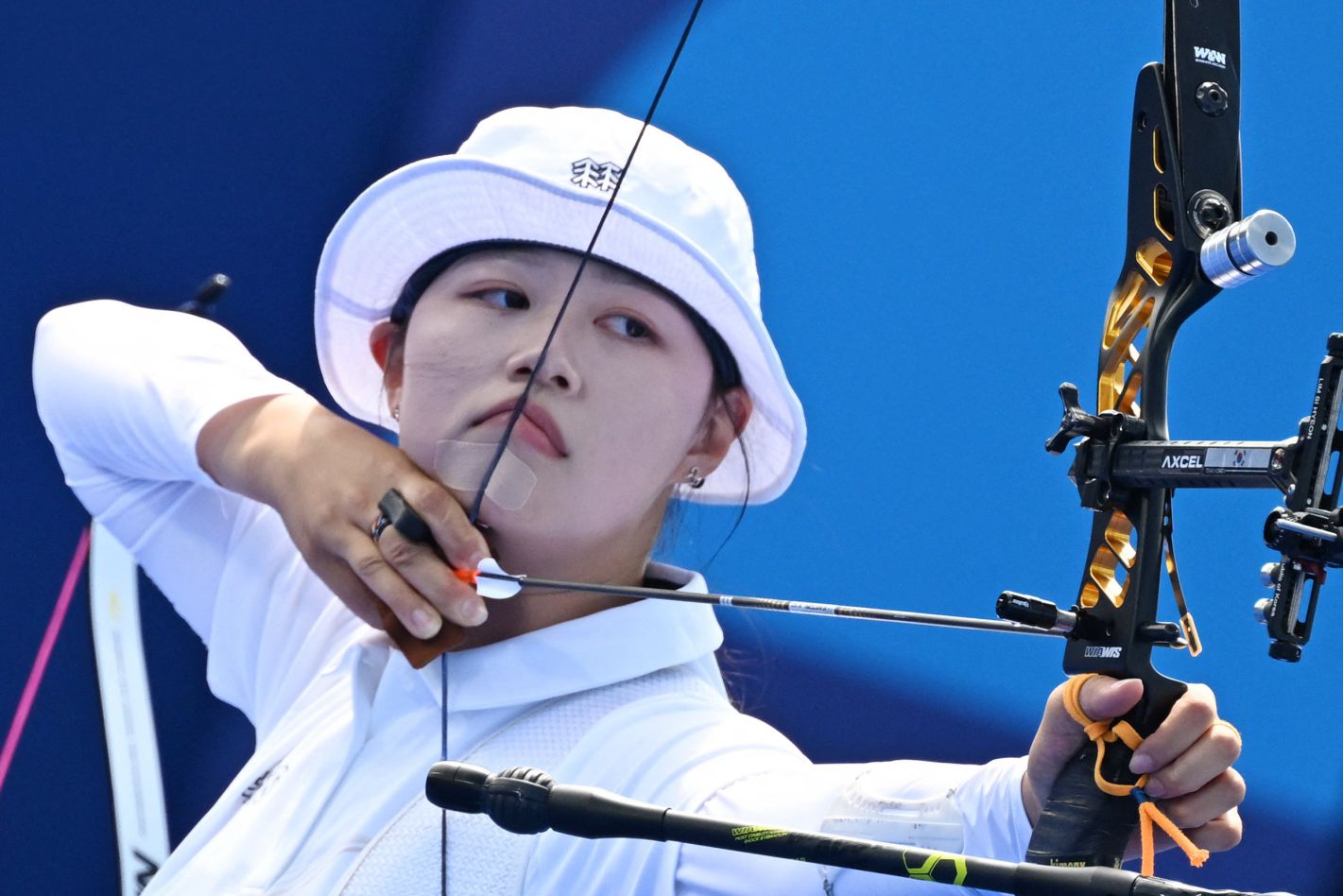
“So we created the rules. Only about 20 to 30m for elementary school students, 30 to 50m for middle school students. No young students use heavy bows. With a light bow, they can develop an accurate shooting stance. Foreign archers intend to pursue this sport from an entertainment perspective, they do not care about posture or body shape. For Koreans, not only professional athletes, but also amateur archers also emphasize posture. We have a different perspective, aiming to develop proficiency in basic skills" - Mr. Kim Hyung Tak said.
Mr. Kim is the first coach to bring the Korean archery team to No. 1 in this sport. He is also the author of "The Archery book" which is considered a textbook on archery.
Many Korean children spend 2 hours a day practicing archery in elementary school; and champion archers will practice up to 10 hours a day, using more than 2,500 arrows per week. Foreign archers came or moved completely to Korea to practice at Mr. Kim's academy and they appreciated the difference.
“With Korean kids, they practice with elastic bands, they won't pick up the bow right away. They focus on posture. Continuity is posture. But in America, they focus on where the arrow hits, so they don't focus on posture much," said Judith Dabin - an archer from the US.
“How do they teach? All coaches have the same orientation. They spend it all on one technique, so there is continuity from all levels of education. I won the world championship in 2013. I trained here for about 7 months before going to the World Championships, where I won the Gold Medal. Training here has made a big impact on my championship. That's a big part, I'm sure,” said Maja Jager - Danish.
“There are 50 clubs and 30 college teams for both men and women. After high school, you can join the college team. After college, you may be hired by a corporate team. From elementary school to university, you practice steadily, so you are also guided from basic to university level," Mr. Kim continued.
Psychological factors
Students learn from elementary school in an organized way and the amount of practice is very large. Before entering high school, they practice with the number of arrows that foreign archers shoot in their entire lives. They shot a total of 4,055 arrows in the selection event. It would take months for foreign archers to shoot that number of arrows, but Korean archers only use it in one event.
“According to research on the 4 components that affect athletes the most overall such as physical strength, technique, tactics and mental state, the mental factor accounts for 20%. But in archery, the mental factor has the highest proportion, about 50%. So we can say that spirit plays a bigger role in archery than in other subjects," said Kim Young-sook - PhD in sports psychology of archery from the Korean Institute of Sports Science. .
“During international tournaments, I note my problems to make adjustments and consult with Dr. Kim. We talk a lot about how to prepare mentally and prepare for high-pressure tournaments," said Ki Bo-bae - 3 Gold Medals, 1 Bronze Medal at the 2012 and 2016 Olympics.
“To put it specifically, that's called the pre-shot routine. You decide on a series of mental or physical steps, follow them consistently, and do it. That helps athletes control their nerves when they cannot concentrate or lose confidence," Kim Young-sook continued.
“The archers of the Korean National Team undergo mixed training exercises. They practice in front of many onlookers and in noisy baseball fields, like at the Olympics to keep calm at actual tournaments," said Mr. Moon Hyung-cheol - coach of the Korean Team. , speak.
“Nowadays, they also simulate tournaments. Training methods change every year. We apply psychological training or technical training intensity this year. After adopting something, other countries follow. At Rio 2016, we applied some new things that no other country has tried. We created something new, helping our archers enter the tournament in unexpected circumstances.”
With Korean archery, it is clear that there are no natural gifts at all. Success is the result of a training process and cannot be achieved overnight...




